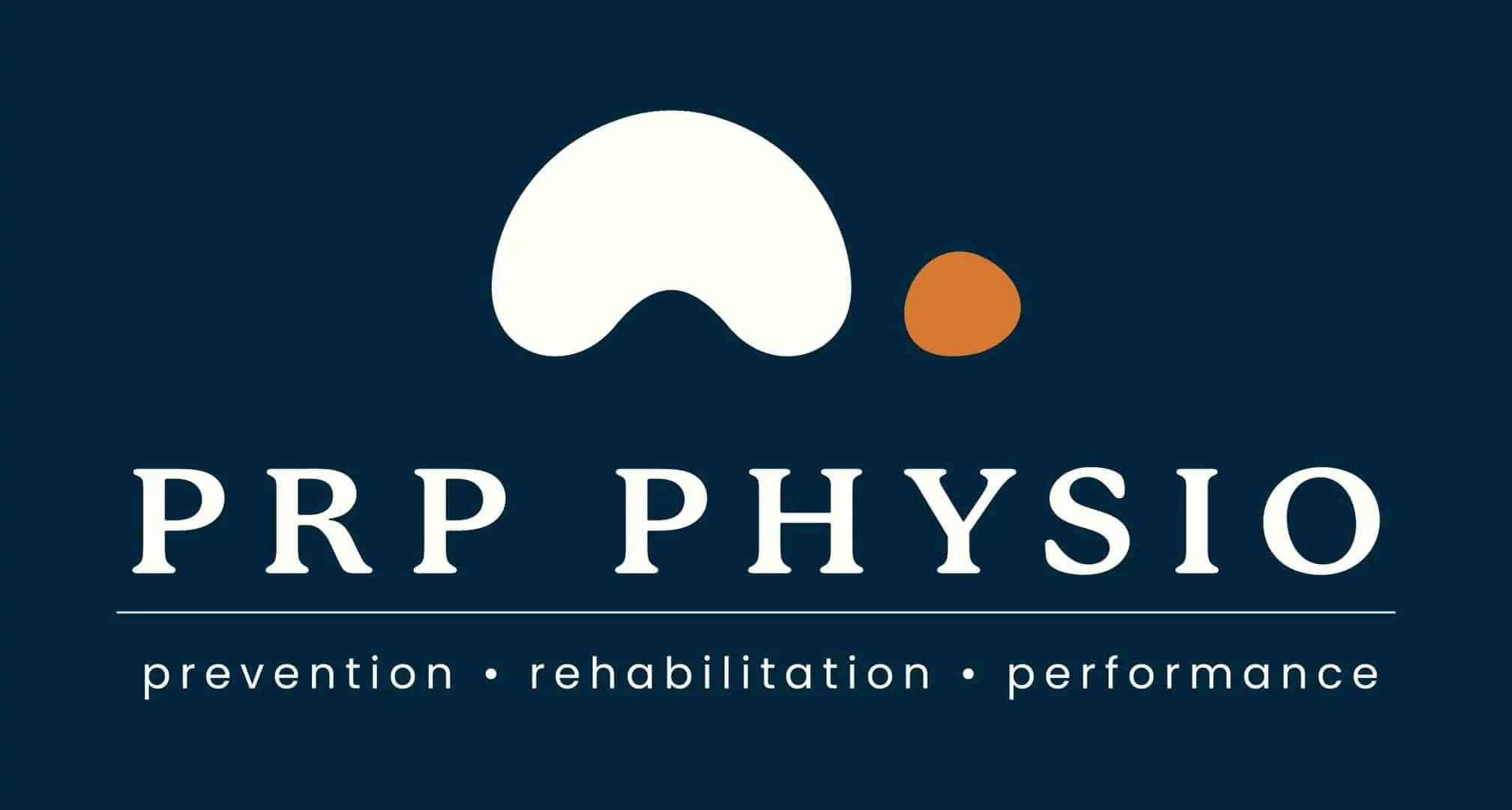Hamstring strains require an in-depth and comprehensive physical assessment to rule out other potential diagnoses and formulate an accurate return to sport timeline. Muscle injuries require three key diagnostic points, pain on contraction of the muscle, pain on stretch, and pain on palpation.
Specific muscular tests can be performed to assess both pain production as well as to assess for a client’s confidence to produce muscular force and output. Some clients with low-grade hamstring injuries may be able to confidently perform a maximum contraction in the “mid-range” position where the assessment is typically performed and cleared, but I try to work athletes through range. What this means is I take them into further ranges of hip flexion and knee extension to put further stress upon the hamstrings and pick up some outliers who may not have otherwise been picked up by typical testing procedures.
Muscle length tests typically consist of two assessments, one test performed in mid-range where I extend the knee and assess hamstring flexibility, some clients again may not report symptoms, so for these clients, I will reassess with the same movement but instead, I will take them to a position of maximal hip flexion to add further stress to the hamstring muscle complex.
Palpation is the third key marker, direct palpation of the muscle belly should produce a painful response, as physios what we can do is map this area and determine how large the area of sensitivity is and we can track and monitor this to ensure the area is reducing over time with hands-on treatment and an exercise and rehabilitation program.
Other diagnostic tests that will often be used revolve around ruling out sciatic nerve involvement. A passive straight leg raise and a slump test are two of the best assessments for assessing any potential involvement. It’s important to remember that biasing different parts of the neural system could result in the production of symptoms – for example, dorsiflexion of the ankle bias may result in the production of symptoms in some, whereas others may require a hip rotation and adduction bias to reproduce symptoms. A thorough assessment of the lower back including assessment of range of motion and palpation of the lumbar spinal levels to assess for stiffness or tenderness on palpation.
There are other potential causes of symptoms, however, a hamstring muscle strain or sciatic nerve/lower back referral are two of the most common diagnoses for pain in the back of the thigh.












